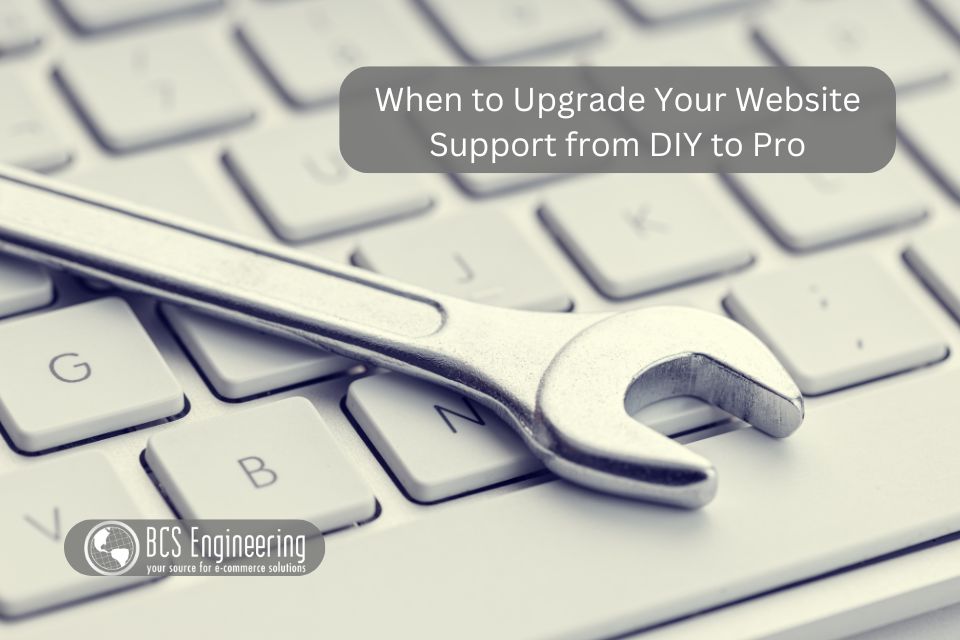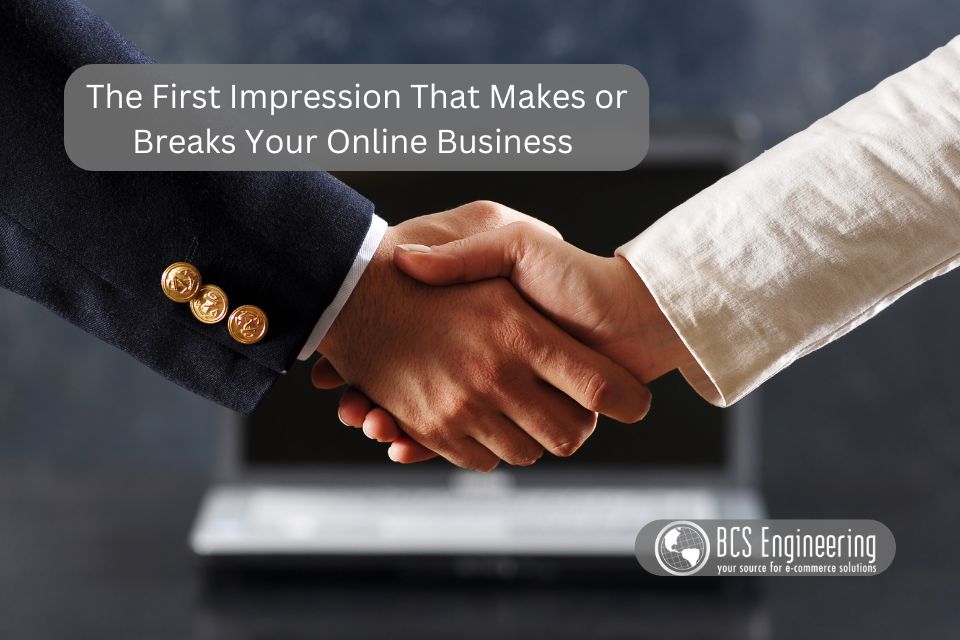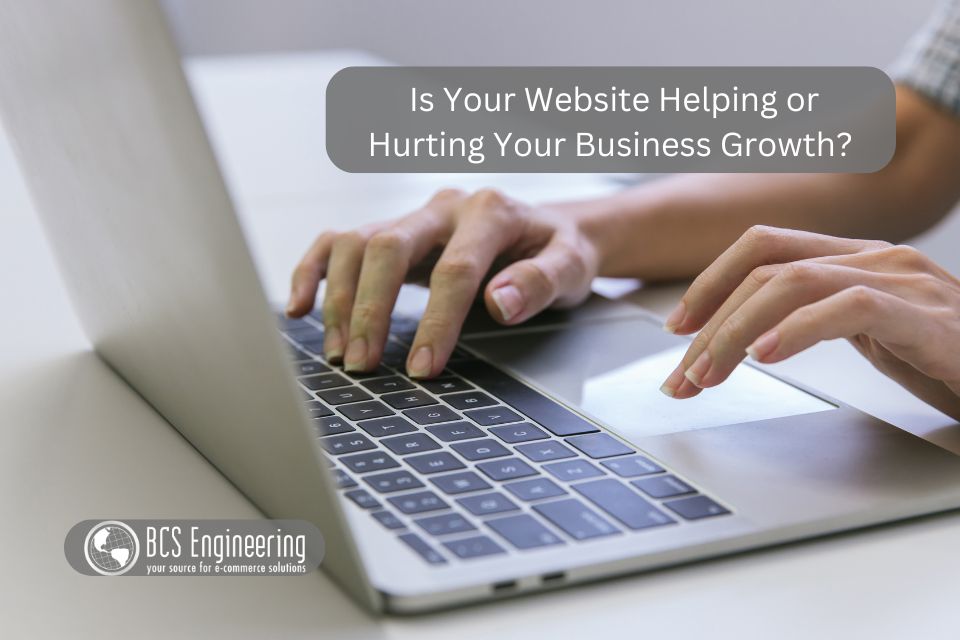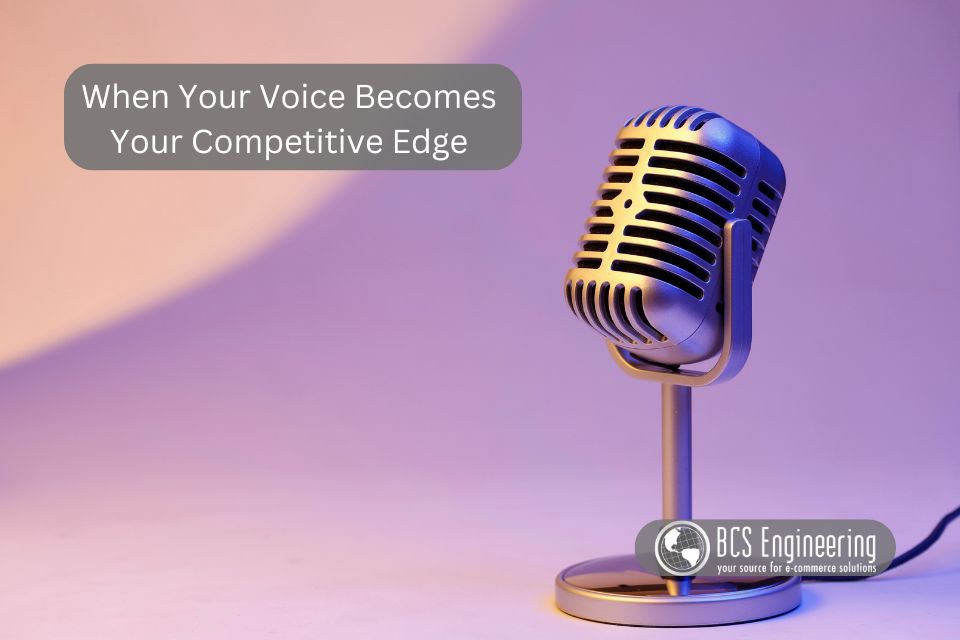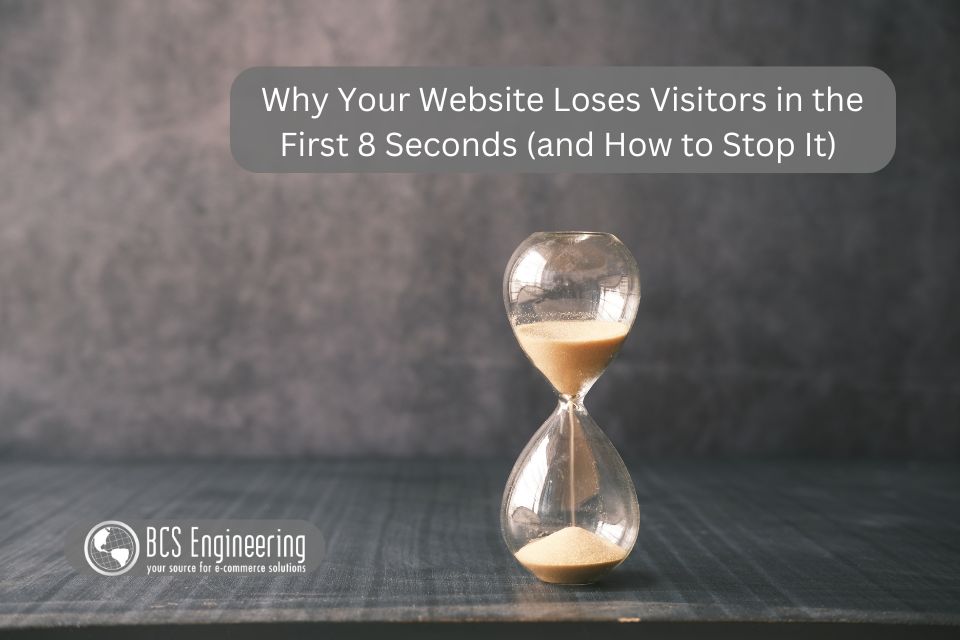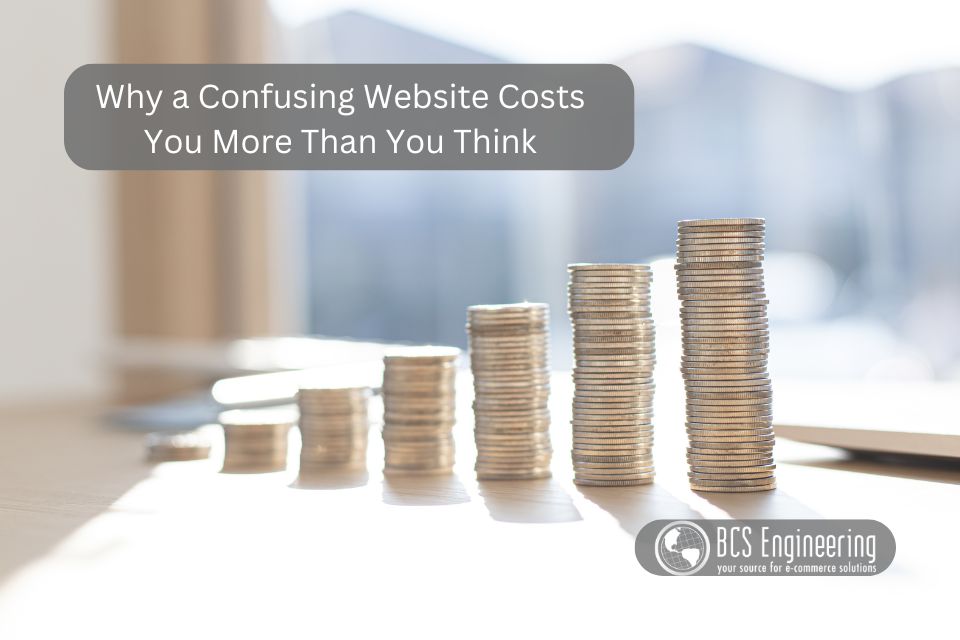If you have ever caught yourself saying, “I will go live when I feel more confident” or “I will launch this offer once I feel ready,” you are not alone. Most business owners believe confidence is something they need to earn before they can show up boldly. The truth is that confidence rarely arrives on its own. And waiting for it might actually be the thing slowing your business down.
In online business, the desire to feel confident before acting is one of the biggest mindset traps. It feels protective and logical. You want to present your best self. You want to avoid mistakes. You want your voice to sound calm and your message to sound polished. But if you look closely, this waiting period usually becomes a long hallway of hesitation where progress quietly stalls.

The Myth of “When I Feel Confident, Then I Will…”
There is a belief that confidence is a starting point. That once you feel a certain way, showing up will become easy. This myth shows up everywhere. You might be waiting to feel confident enough to record a podcast, pitch yourself to a partner, raise your prices, or even talk about what you do with conviction.
But the problem is that feeling rarely appears out of thin air. You can read all the books, prepare the perfect notes, rehearse your lines, and still not feel ready. That is because confidence is not something you pre-build in your head. It is something that strengthens through the act of showing up.
The Hidden Cost of Waiting
While you are waiting for confidence, time keeps moving. Opportunities pass by. Visibility slips. Your audience hears from louder voices, even if they are not more skilled than you. Clarity also gets delayed because clarity comes from real conversations and real action. Not from polishing behind the scenes.
There is another cost too. Your audience does not get to experience you. Consistency builds trust, but trust cannot grow if you are quietly preparing forever. The longer you wait, the larger the fear becomes. Inaction feeds doubt.
What Confidence Actually Is
Confidence is not a prerequisite. It is a result. The first time you do anything, you almost always feel unsure. It is human. But confidence grows with repetition. It grows from doing the thing, not perfecting the idea of doing it. Even the most seasoned experts had shaky beginnings. They became confident because they showed up again and again.
Once you shift into action, something powerful happens. You realize you do not need confidence to begin. You need courage. You need a willingness to take a small step while still feeling unsure. That one decision creates momentum. And momentum creates confidence.
Why Courage Moves Your Business Forward
Courage is available right now. It does not require you to feel ready. It only requires you to care about the people you serve and to take a step in their direction. Courage looks like pressing record even if your stomach flips. It looks like hitting publish even if your voice wavers. It looks like showing up because you know your work helps someone, even when your inner critic whispers otherwise.
Choosing courage over perfect confidence sets your business in motion. It speeds up your visibility, sharpens your clarity, builds trust with your audience, and opens doors that confidence alone would never unlock.
Ready for the Next Step?
If this resonates with you and you want to learn how to speak and show up with courage instead of waiting for perfect confidence, the next step is to listen to this week’s podcast episode. My guest breaks down how to silence the inner critic, speak in a way that feels real, and step into conversations with presence. It is the perfect follow-up to everything we talked about here.

